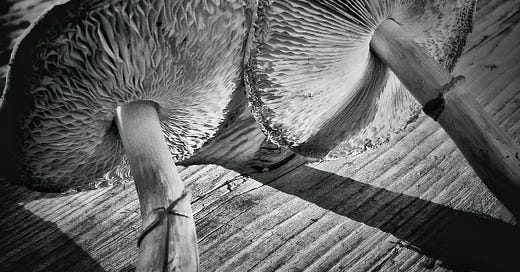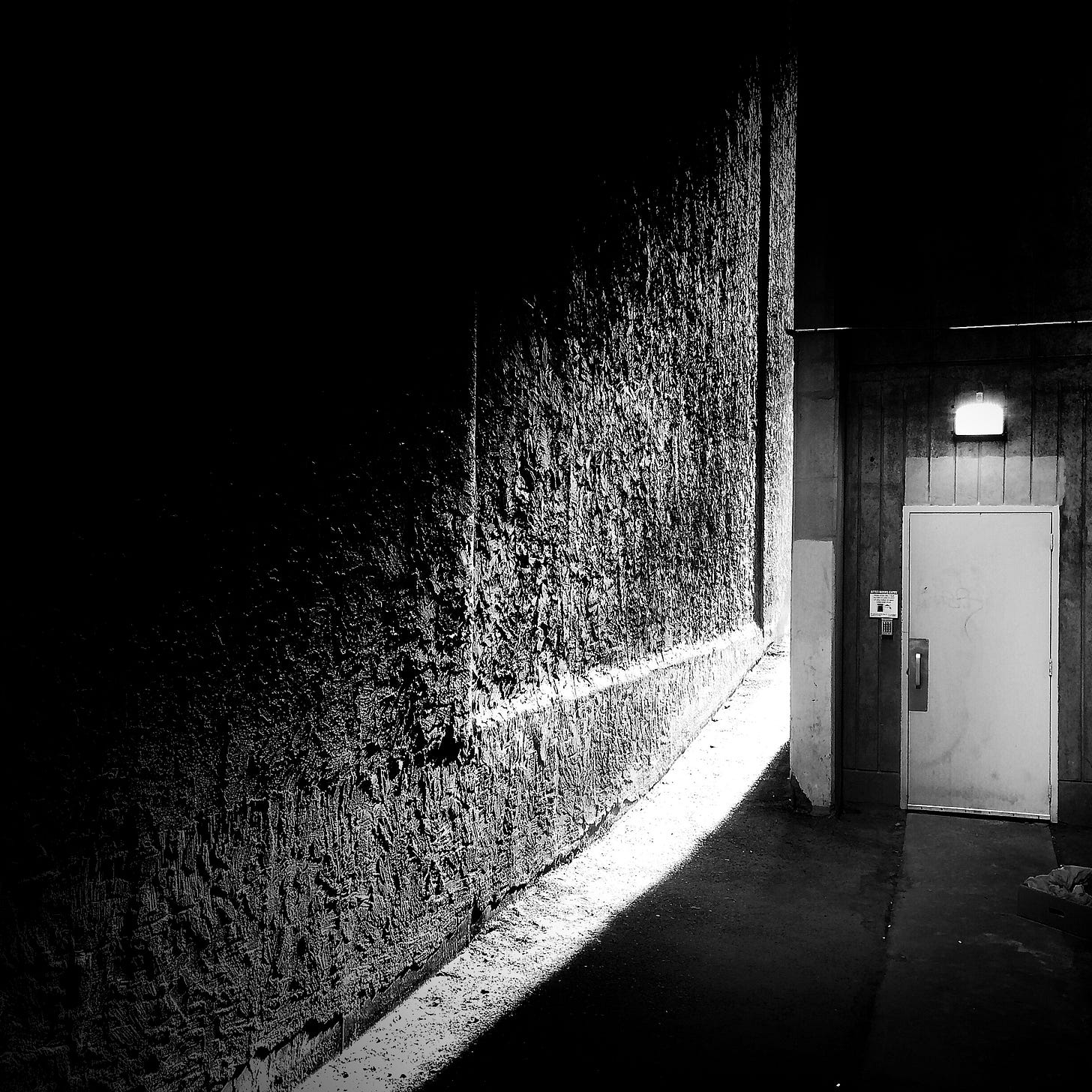The following article was originally published by Ward a bunch of years ago on his blog, but we thought it worth sending out in this newsletter today as seems to be a timeless question for photographers, both novices and for those with more extensive experience.
I often get questions from my students about "straight" photos and if they need to buy new cameras and lenses to level up their photography. I tell them sure, new gear can add to their style, but they should push their current gear to the max. A new lens won't suddenly make them pros; it's a tool, not a shortcut to mastering this craft.
(Antonio)
The Puritanism of the Straight Shot and When to Buy New Gear
by Ward Rosin, 2016
Something interesting has happened to many photo enthusiasts since I gave up my darkroom in the mid-'90s. It can be summarized by one of my friends who said, "the only kind of picture worth having is one that is exactly what you saw - with no manipulations".
Wow. Good luck with that!, I thought.
I remember a two-page spread in Popular Photography magazine back in the '80s called "Straight Shot, Believe It or Not" that showed some spectacular image, from a slide, I suppose. These kinds of shots do happen and, yes, they are worth pursuing because you simply can't miss those moments. And, yes, in documentary and photojournalism, a careful rendering of the events in front of the camera are essential to the effort to show and tell the truth. (Whether any one picture actually shows the truth is an endless philosophical rathole.)
What I don't get from my friend's comment, and it's a widely-held point of view from many, is that all you need to be is in the right place at the right time to create a photograph. In my mind, that would be a long and lonely journey. As a guy who purports to be a creative photographer, I think that is the very definition of creative death. Capturing only. No "hand of the artist" beyond being at the original location.
I can say, after working on and off in darkrooms over twenty years, is that you did whatever you could to make a pleasing image. The idea of "manipulation" is built-in! There are tons of folks out there that laud Ansel Adams for his "faithful reproductions" of nature. His artistic vision was sharp enough that he could get stunning early emotional statements from his locales through filtering and methodical but carefully variable processing. If you go to Yosemite, you will see his subjects but not his emotional interpretations, or rather, manipulations.
Where did this point of view come from? Let me hazard a guess. Most of us, older than 30, started out with Brownies, Instamatics or Polaroids. Not much adjustment needed or possible. In the intervening years, and especially with the advent of digital imaging, many controls and enhancements have been added to the process. Yay for the creatives among us!
But a backlash loomed, especially among consumers and those new to the market. Sure, we have all these new features and processes, but maybe we shouldn't use them. That would be lazy. That would be a crutch. The camera should be capable of stunning images all on its own! Ha! We shouldn't have to do anything but be there! ;-) One of my photographic influences, Ralph Gibson, talks about this in his recent TEDx Talk here.
It all comes down to creative effort. In the old days, photographers were confronted with difficult equipment and processes and they still came up with artistic expressions, at least the ones we remember. Now it's far easier to get a "useable" image. But the artistic work still has to be done. We've succumbed to the lure of the gear. "Spend enough dollars, get enough features and your photos will be better!" Maybe, but they will lack artistic expression.
Pros and artists know all this. Consider this if you're in the market for a new equipment: Look at your current work. What is it missing? What will new gear provide for you? If the answer is nothing, save your money. Use your current camera. Or just use your phone. I've been known to do that from time to time. In fact, both images in this blog post were shot with my 2014-vintage iPhone 5c.
When you're encountering a limitation, use that as your trigger to buy equipment. You'll be spending money for a real cause and need. You'll also feel better. And go nuts with the manipulations. At some point, I bet you'll feel like you're creating something larger than the sum of the parts.
(Ward)







Great article to republish, Ward!
Ansel was famous for his manipulation, for those who have studied him. That "W" he removed from the mountainside was more difficult back then, when dodging/burning were the tools. It's a lot easier with Photoshop, using "Clone Stamp" or "Healing Brush" or whatever tool you prefer. But the effect is pretty much identical.
I personally think it's this: Many people, once they learned to do something that they feel is difficult, don't want others to be able to match their accomplishments. So they make up rules like "no manipulation" to separate themselves, to feel important. It's a common trait of people in just about every field, to erect artificial barriers in an effort to seem elite. That's sad, but I think that's the biggest reason this is a "thing".